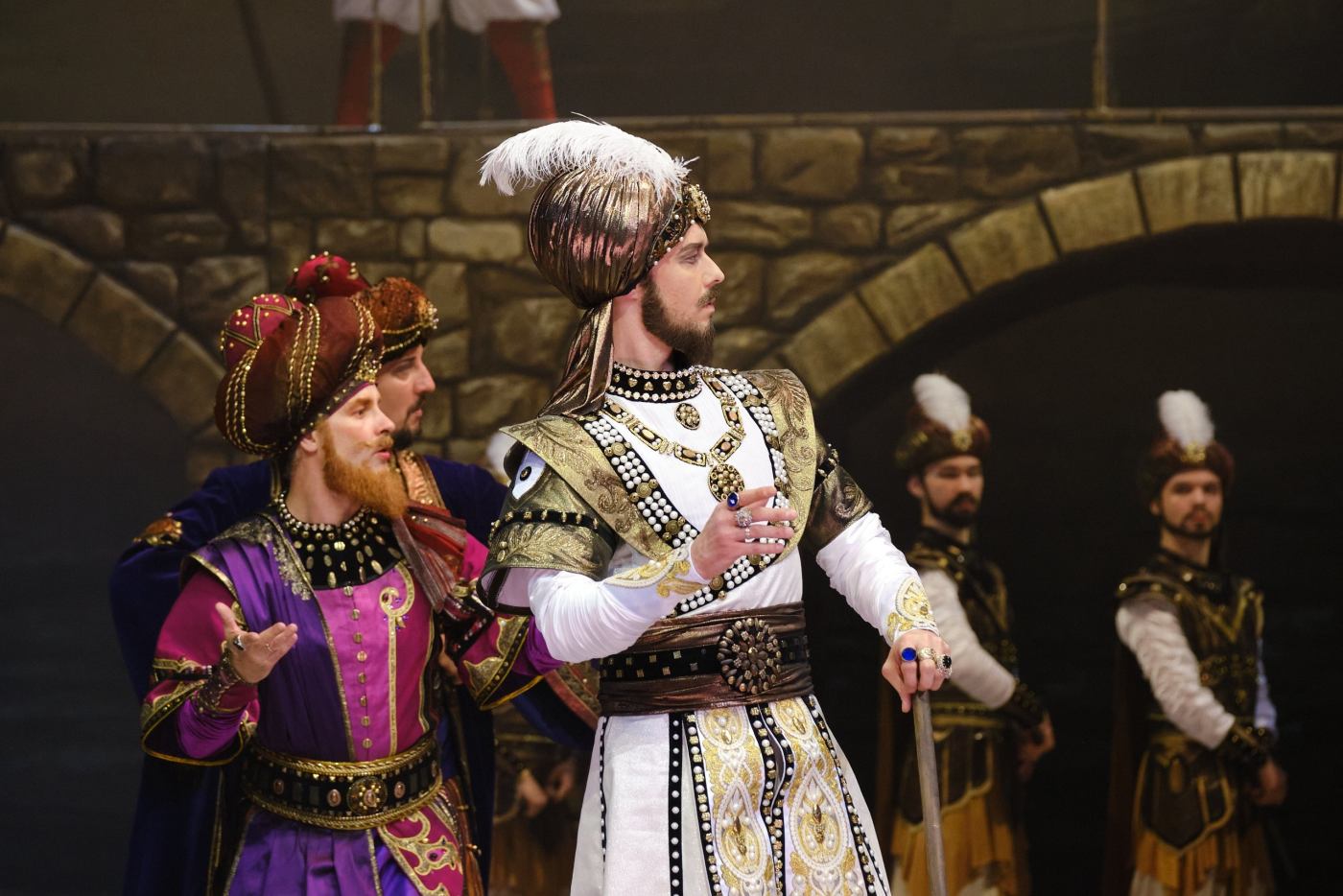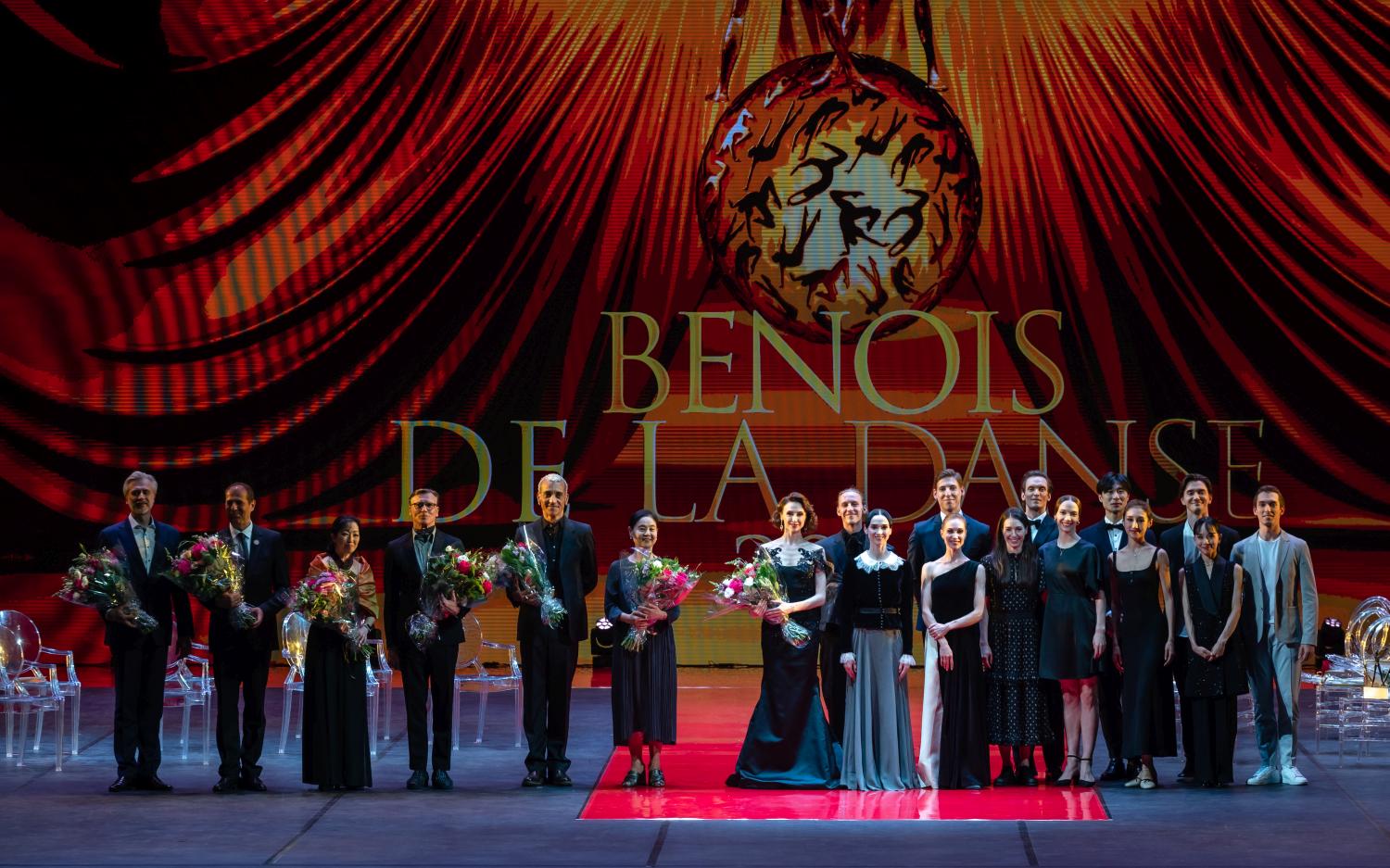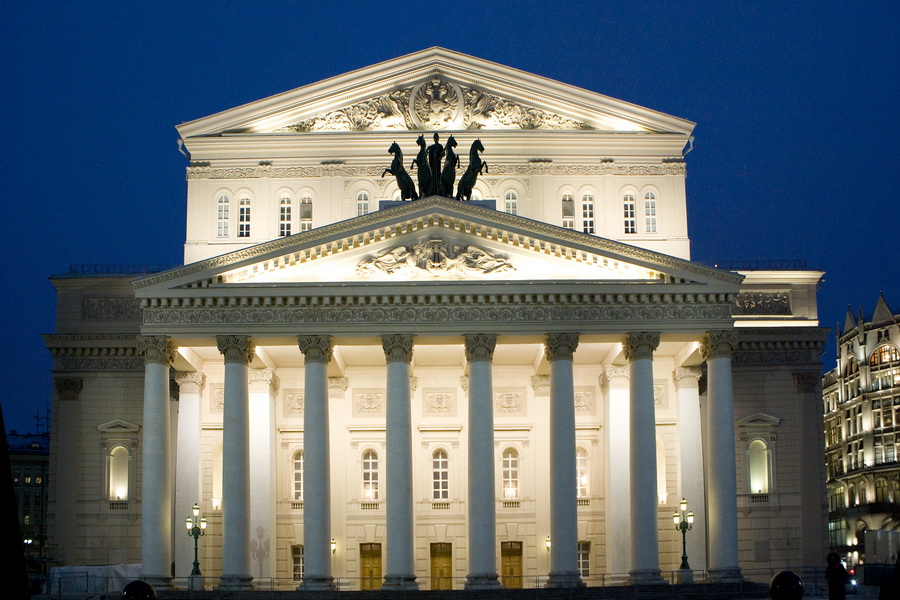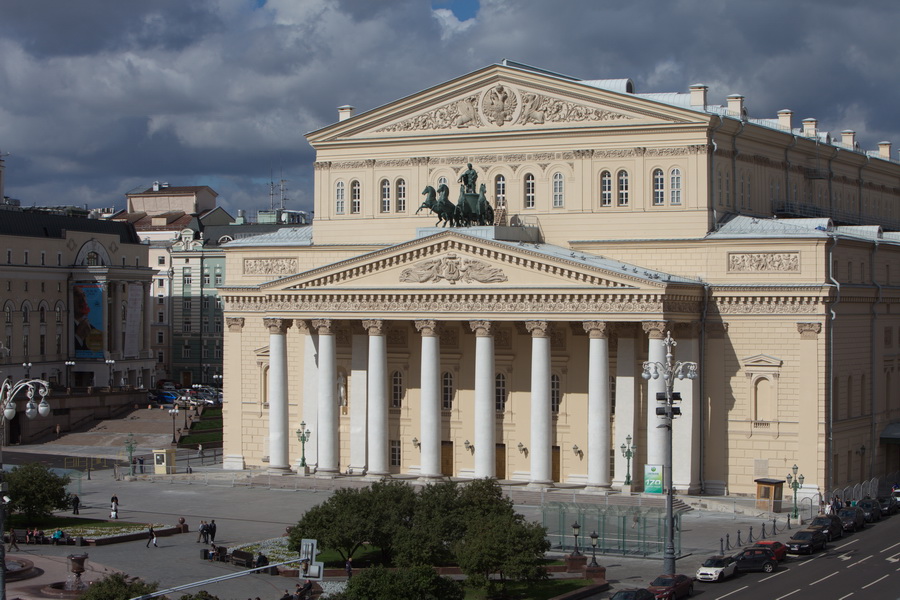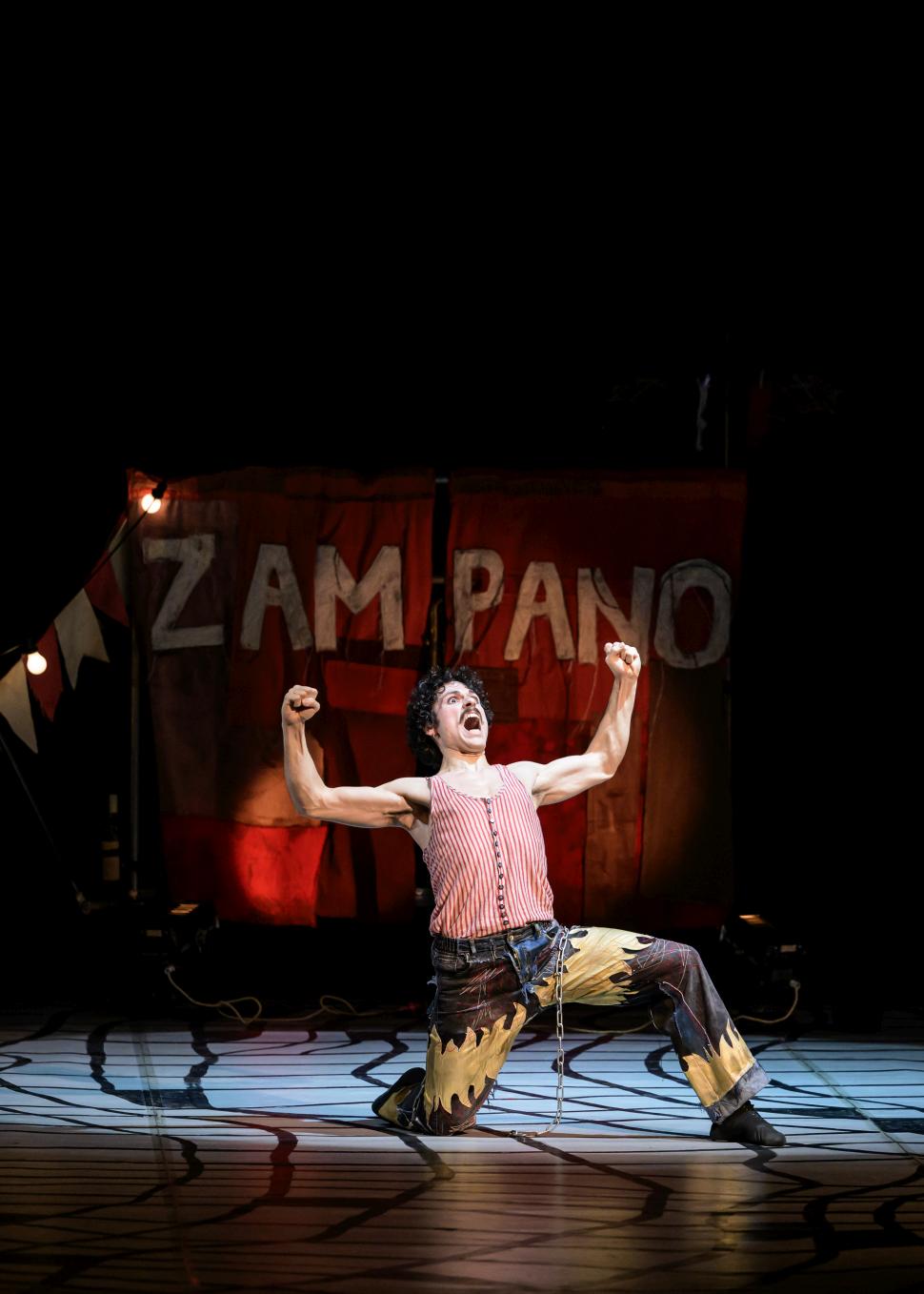Fighting Evil
“The Sun, the Moon and the Wind”
Czech National Ballet
The Estates Theatre
Prague, Czech Republic
October 10, 2024 (matinee)
by Ilona Landgraf
Copyright © 2024 by Ilona Landgraf
 “It has been written that the shrewdest thing Evil can do is to trick us into believing that it does not exist,” warned Štěpán Benyovszký who, together with Viktor Konvalinka, wrote the libretto and directed the Czech National Ballet’s new ballet, The Sun, the Moon and the Wind. It is based on a fairy tale that was first recorded in 1845 in the Czech Collection National Tales and Legends by Božena Němcová who later incorporated elements of Slavik versions. Although the ballet is meant to attract a young audience, it is entertaining for adults as well.
“It has been written that the shrewdest thing Evil can do is to trick us into believing that it does not exist,” warned Štěpán Benyovszký who, together with Viktor Konvalinka, wrote the libretto and directed the Czech National Ballet’s new ballet, The Sun, the Moon and the Wind. It is based on a fairy tale that was first recorded in 1845 in the Czech Collection National Tales and Legends by Božena Němcová who later incorporated elements of Slavik versions. Although the ballet is meant to attract a young audience, it is entertaining for adults as well.
Benyovszký’s and Konvalinka’s adaption tells of the star of creation that illuminated primeval darkness. It split into four parts from which the sun, the moon, the wind, and Zora, the dawn princess, arose. Yet Zora’s part was stolen by Triglav, the vicious Dragon Lord of Time, who kidnapped and bewitched her. Determined to get ahold of the other three quarters of the star and thereby seize world power, Triglav regularly had to suck the souls of young men to stay young and strong. He singled out Prince Jan as a victim, but Jan’s three sisters, Rufflette, Sparkette, and Pallidette set off to rescue their brother. (more…)






